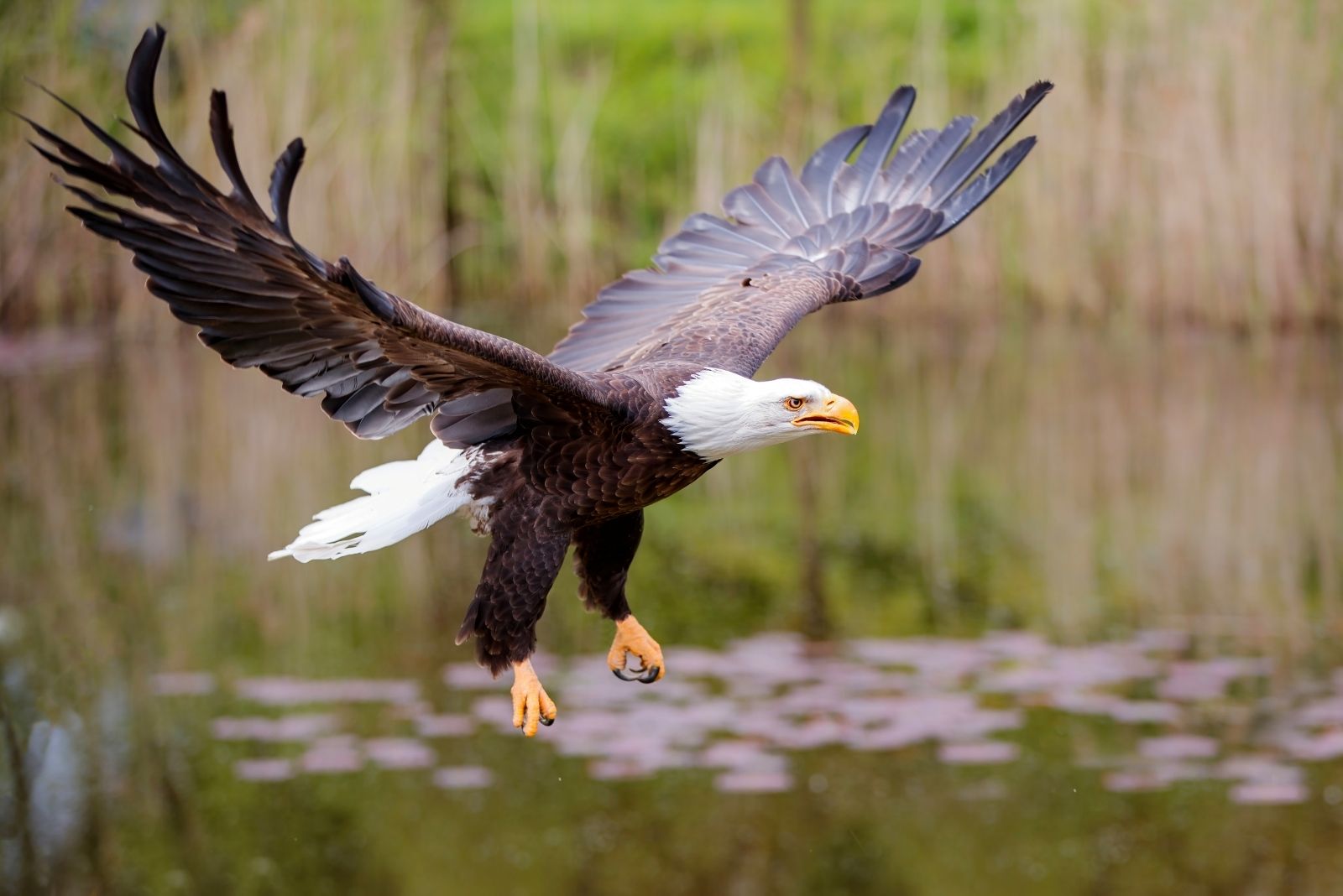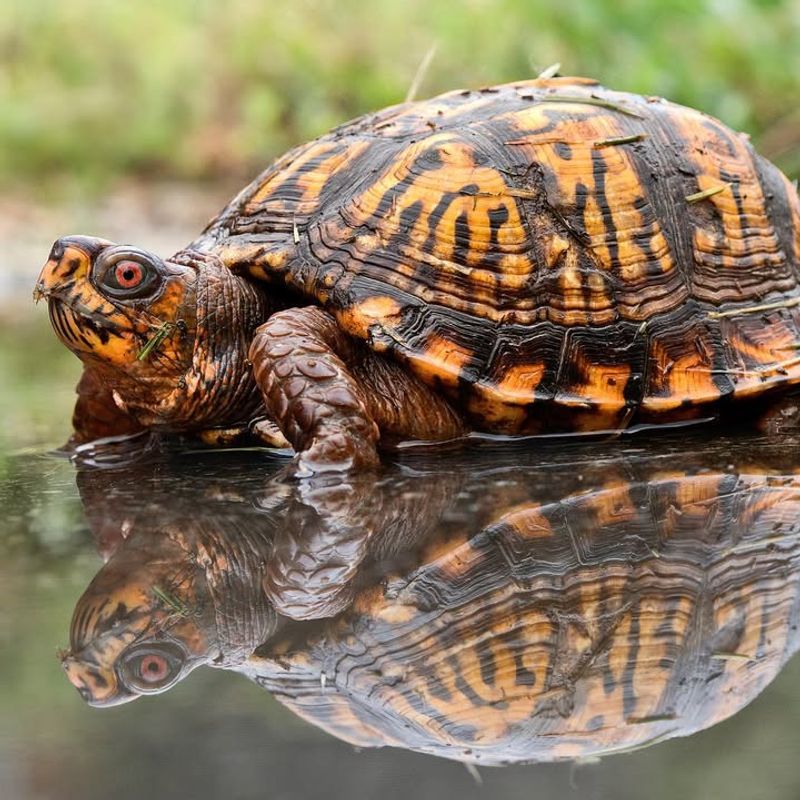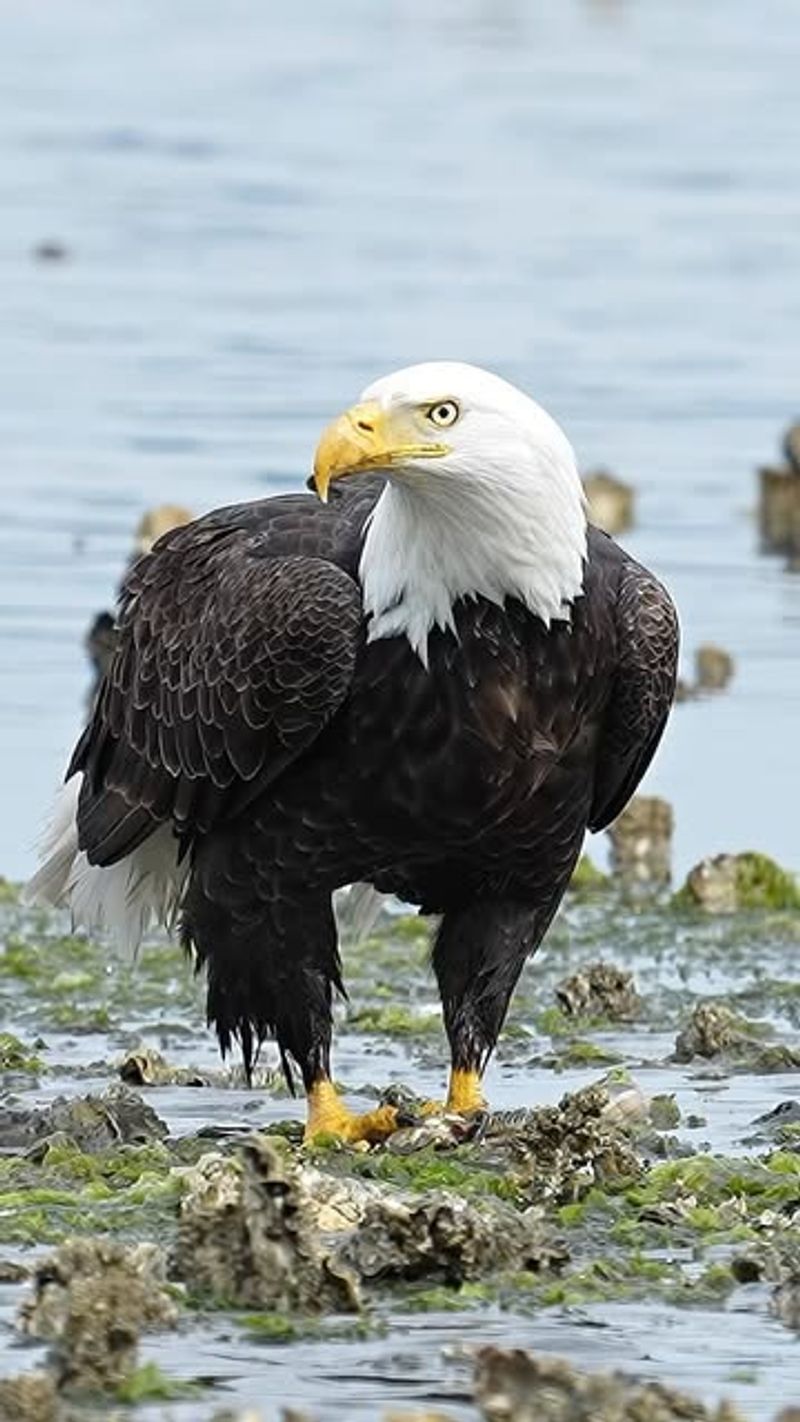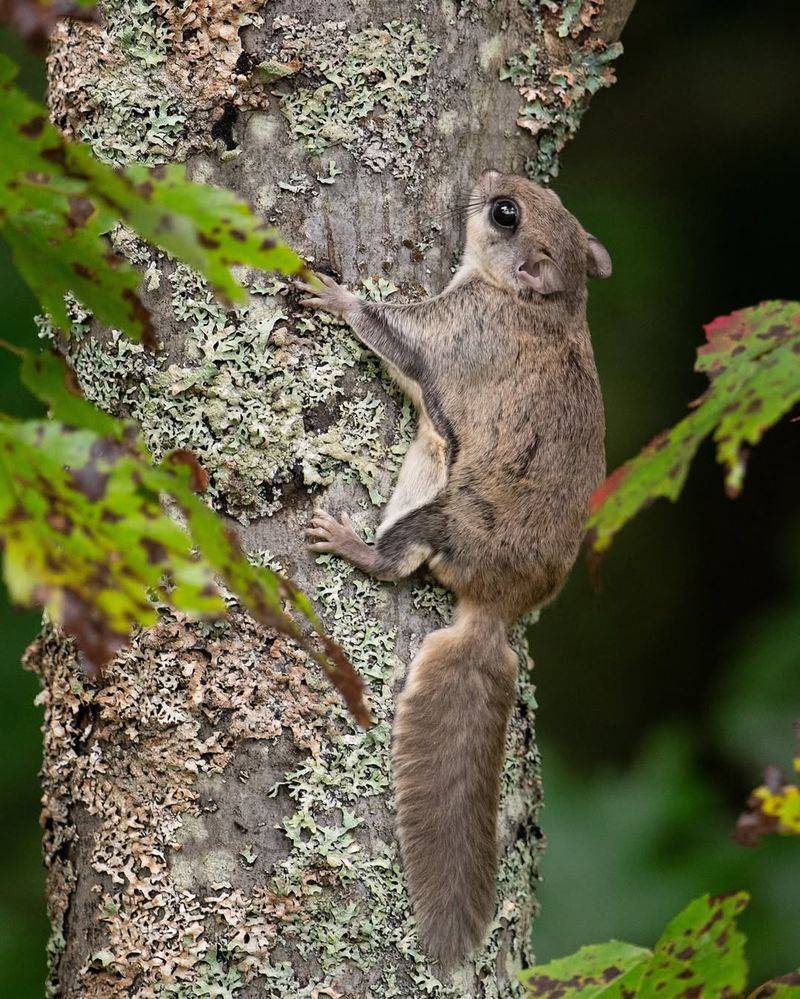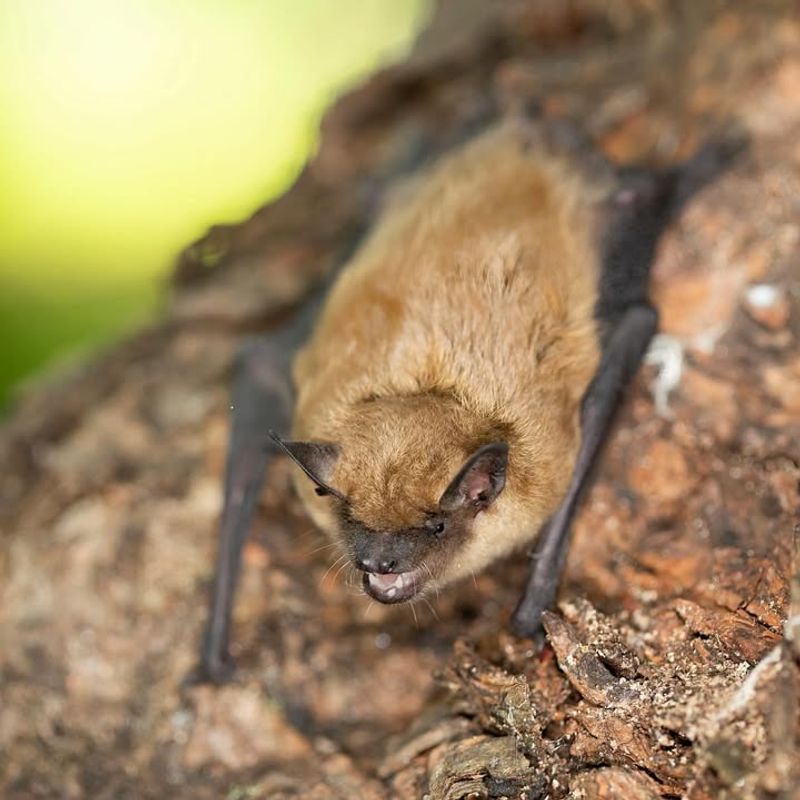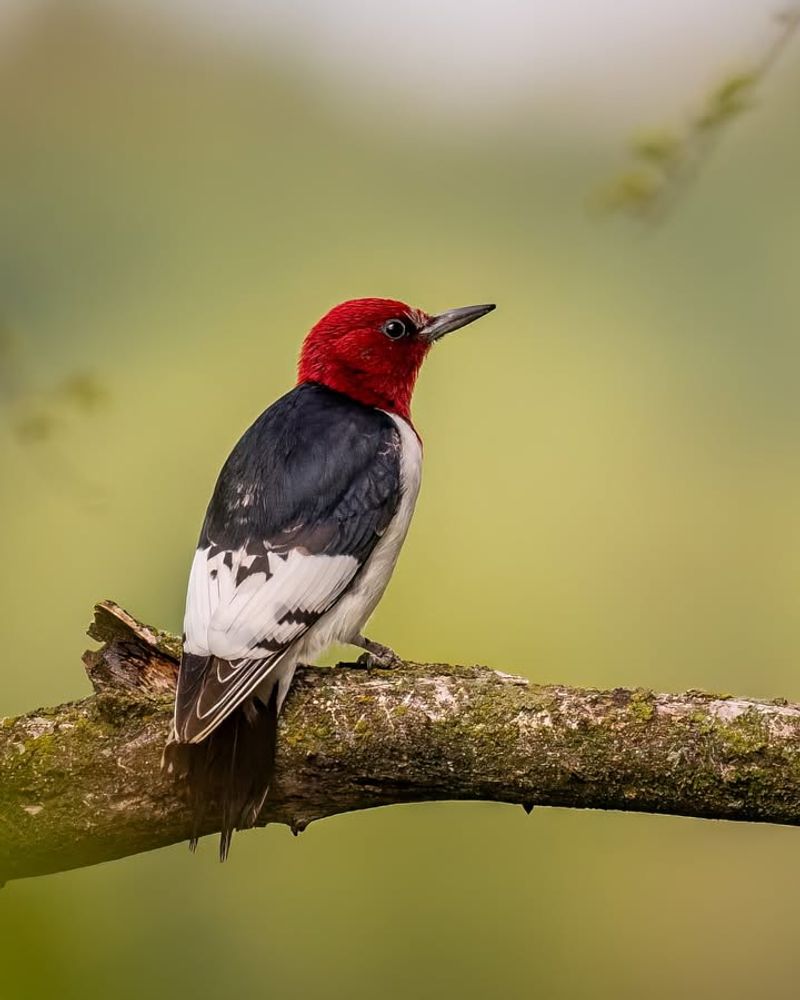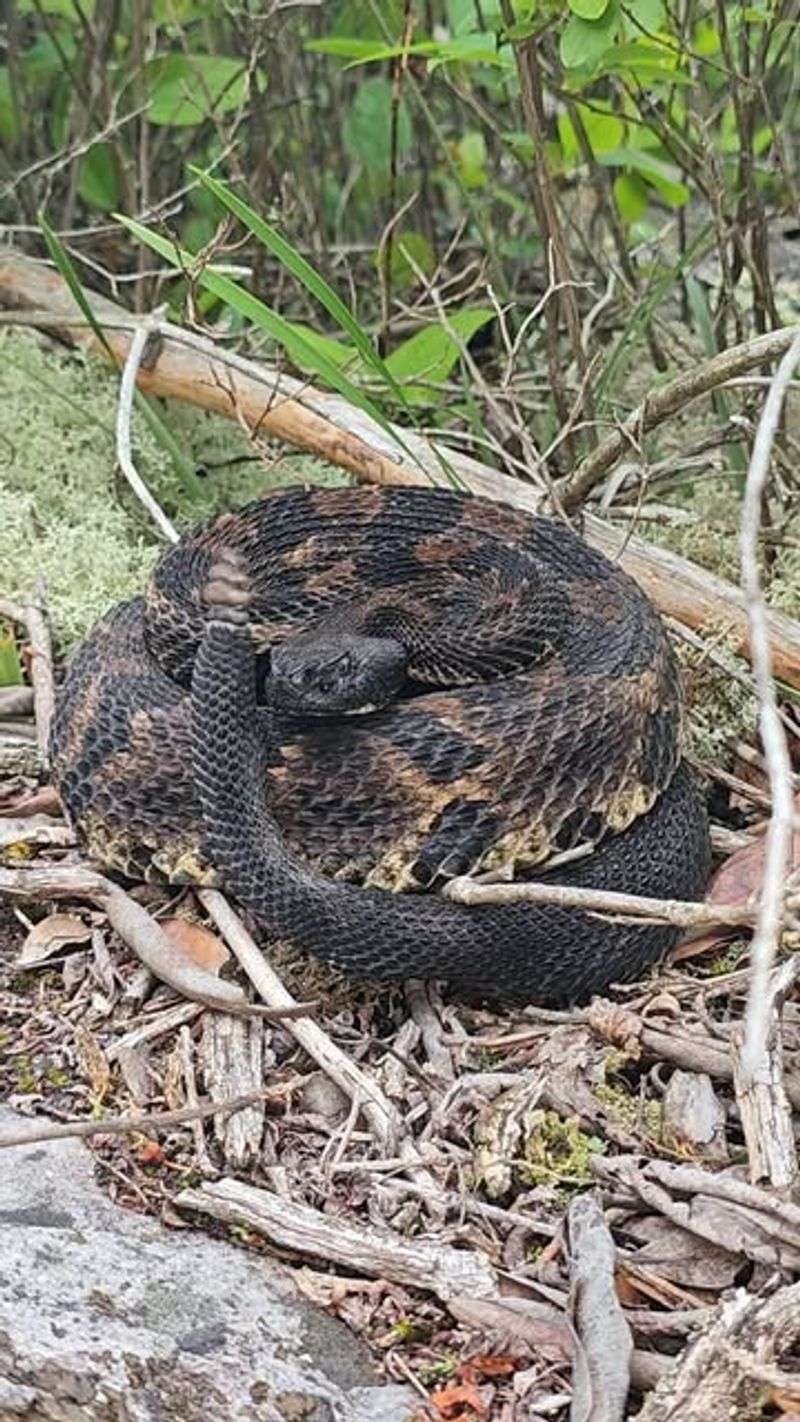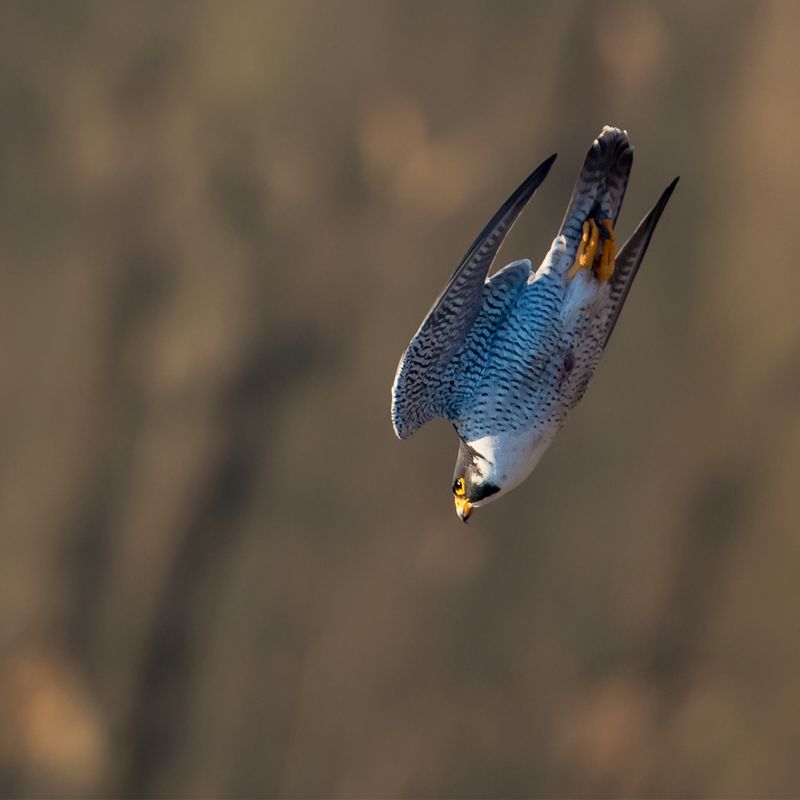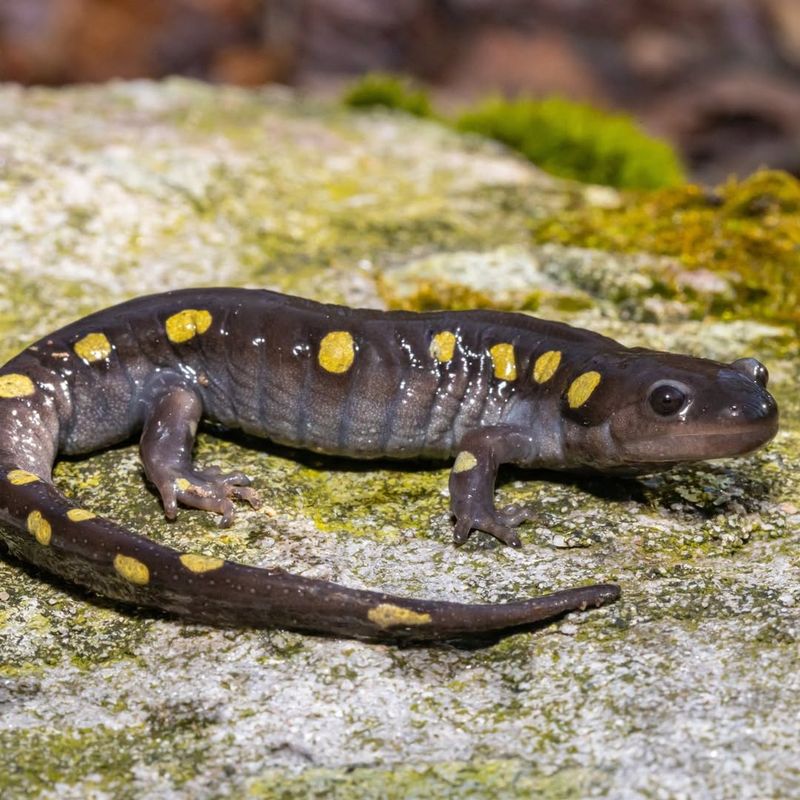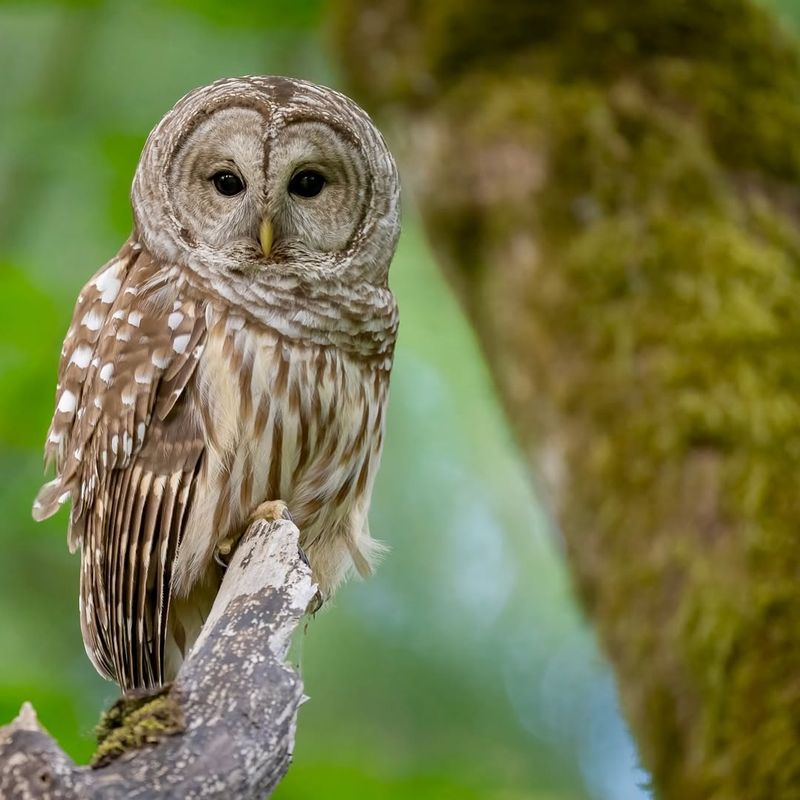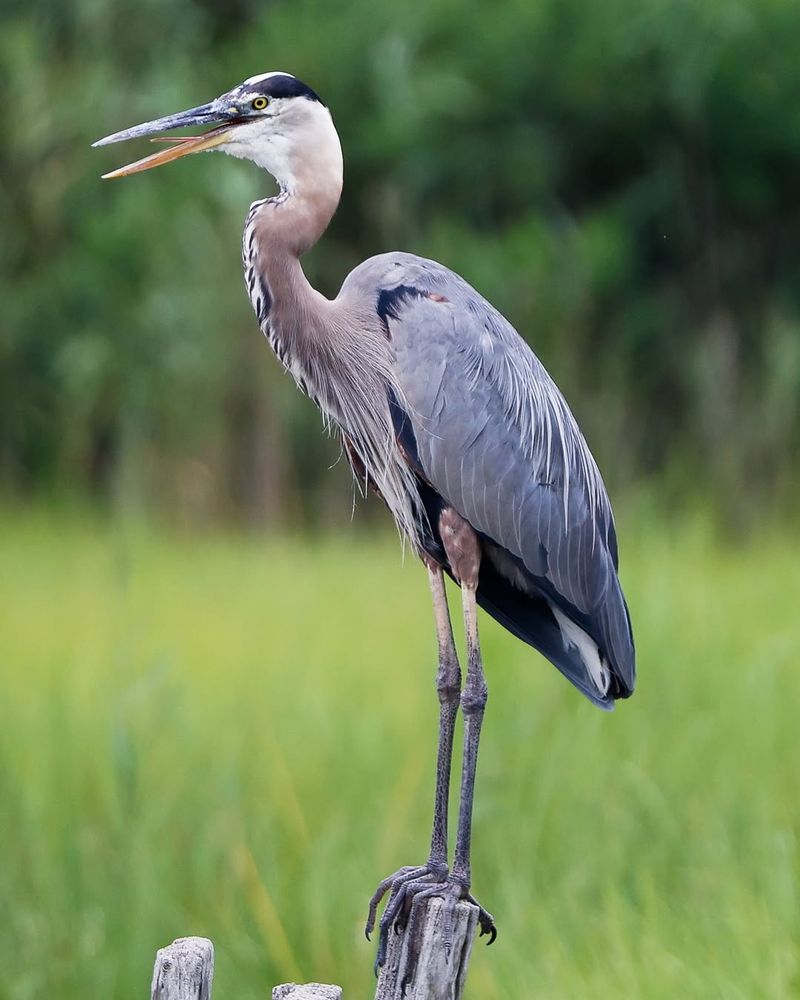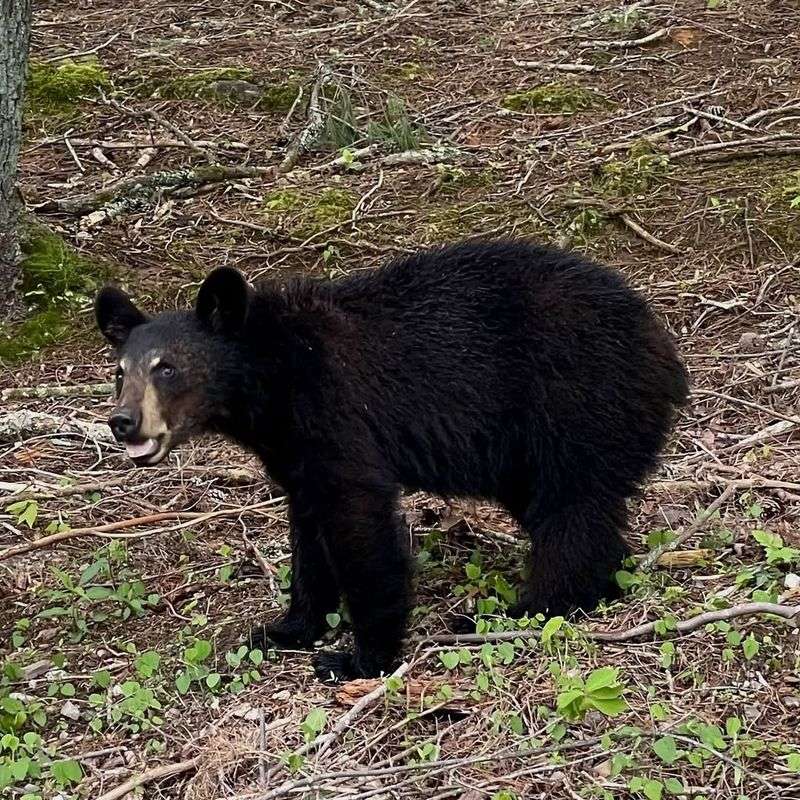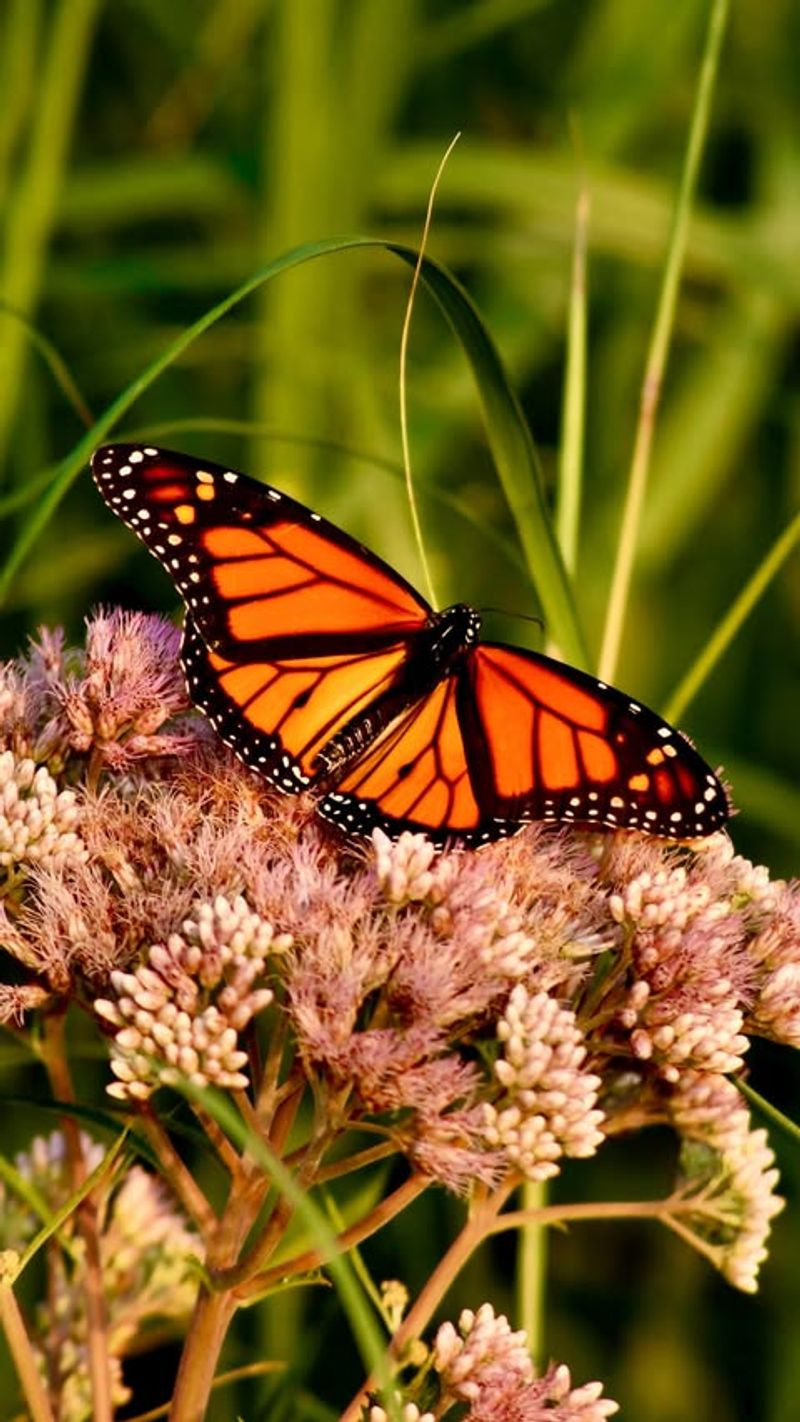Virginia is home to an incredible variety of wildlife, from soaring birds to scurrying mammals. Many of these creatures enjoy special legal protections that prevent property owners from removing or harming them, even when they show up uninvited in your backyard.
Understanding which animals are protected can help you avoid hefty fines and legal trouble while respecting the natural ecosystem around your home.
1. Eastern Box Turtle
Spotting one of these colorful reptiles wandering through your garden might seem like a perfect opportunity to relocate it, but Virginia law says otherwise. Eastern box turtles are protected species, and moving them from your property is actually illegal.
Their populations have declined significantly due to habitat loss and road mortality. Box turtles have strong homing instincts, and relocating them can cause serious stress or even death.
If you find one on your property, simply let it be and enjoy watching it explore your yard naturally.
2. Bald Eagle
With a wingspan stretching over six feet, bald eagles are among America’s most iconic birds. Federal and state laws strictly protect these magnificent raptors, making it illegal to disturb their nests or remove them from any property.
Virginia has seen a remarkable comeback in bald eagle populations after they nearly disappeared decades ago. If a pair decides to nest on your land, consider yourself lucky.
The birds typically return to the same nesting site year after year, becoming a treasured part of your property’s natural heritage.
3. Northern Flying Squirrel
Picture a tiny acrobat soaring between trees at night, and you’ve got the northern flying squirrel. Virginia considers this nocturnal creature a species of concern, offering it legal protection from removal or harm.
Unlike their common gray cousins, these squirrels don’t actually fly but glide using special skin membranes. They prefer high-elevation forests and rarely cause property damage.
Hearing soft chirps and seeing mysterious nighttime movements in your trees might mean these charming gliders have chosen your property as home.
4. Little Brown Bat
Bats get a bad reputation, but these tiny insect-eaters are environmental heroes that deserve protection. Little brown bats face serious threats from white-nose syndrome, a deadly fungal disease that has devastated their populations across Virginia.
State regulations prohibit removing bats during their breeding season, roughly May through July. A single bat can devour thousands of mosquitoes each night, providing free pest control.
If bats roost in your attic, you must wait for proper timing and hire licensed professionals for humane exclusion.
5. Red-Headed Woodpecker
Bold crimson heads make these woodpeckers impossible to mistake for any other bird. Their striking appearance comes with legal protection, as their numbers have dropped dramatically due to habitat loss and competition with invasive species.
Red-headed woodpeckers need dead trees for nesting and foraging, which many property owners mistakenly remove. Virginia law protects all native woodpeckers under the Migratory Bird Treaty Act.
Even if they’re drumming on your house siding, you cannot harm or relocate them without special permits.
6. Timber Rattlesnake
Fear often drives people to kill snakes on sight, but Virginia law protects timber rattlesnakes as a threatened species. These venomous reptiles play crucial roles controlling rodent populations and maintaining ecological balance.
Timber rattlers are generally docile and will retreat if given the chance. They prefer rocky, forested hillsides and rarely venture near human dwellings.
Killing or removing one from your property can result in significant fines. Instead, contact wildlife professionals who can safely relocate the snake if absolutely necessary with proper permits.
7. Peregrine Falcon
Known as the fastest animal on Earth, peregrine falcons can dive at speeds exceeding 200 miles per hour. Virginia’s peregrine population nearly vanished due to pesticide poisoning but has made an impressive recovery thanks to conservation efforts.
State and federal laws strictly protect these powerful predators. Peregrines sometimes nest on tall buildings, bridges, or cliffs, adapting remarkably well to urban environments.
Property owners who host nesting peregrines must leave them undisturbed, though most consider it an honor to support these incredible birds.
8. Spotted Salamander
Rainy spring nights bring these polka-dotted amphibians out for their annual breeding migrations. Spotted salamanders spend most of their lives underground, emerging only briefly to reproduce in temporary woodland pools.
Virginia protects many salamander species due to habitat destruction and declining populations. Their sensitive skin absorbs pollutants easily, making them excellent indicators of environmental health.
Finding spotted salamanders on your property signals a healthy ecosystem. Never collect or relocate them, as removing even a few individuals can impact local populations significantly.
9. Barred Owl
Who cooks for you? That distinctive call echoing through Virginia forests belongs to the barred owl. All native owl species enjoy protection under state and federal wildlife laws, regardless of where they choose to roost.
Barred owls are adaptable hunters that control rodent populations around homes and farms. Their presence indicates a healthy, balanced environment with adequate prey and shelter.
Even if they’re keeping you awake with nighttime hooting, you must let them stay. Attempting removal without proper authorization violates multiple wildlife protection statutes.
10. Great Blue Heron
Standing over four feet tall, great blue herons are impossible to miss when they visit backyard ponds. These elegant wading birds are protected under the Migratory Bird Treaty Act, preventing property owners from harming or relocating them.
Pond owners sometimes worry about herons eating expensive koi fish, but killing or removing the birds remains illegal. Instead, consider netting your pond or installing motion-activated deterrents.
Watching a heron patiently hunt provides fascinating wildlife observation opportunities that many nature lovers would envy on your property.
11. American Black Bear
Black bears are making a strong comeback across Virginia, sometimes wandering into residential areas searching for food. While they can be intimidating, Virginia law classifies them as game animals with specific regulations about removal and relocation.
Property owners cannot simply trap or shoot bears that visit their yards. Only licensed professionals can handle bear removal, and only under specific circumstances approved by wildlife officials.
Most bear encounters resolve themselves when you remove food attractants like garbage, bird feeders, and pet food from outdoor areas.
12. Wood Turtle
With shells that look hand-carved and bright orange markings on their necks, wood turtles are among Virginia’s most beautiful reptiles. They’re also among the most vulnerable, earning protection as a species of concern.
Wood turtles split their time between woodland streams and surrounding forests, sometimes traveling considerable distances. Taking one home as a pet is illegal and harmful to wild populations.
Their slow reproduction rate means every individual matters for species survival. Seeing wood turtles on your land means you’re maintaining quality habitat worth preserving.
13. Monarch Butterfly
Few insects capture hearts like monarch butterflies with their stunning orange and black wings. While not traditionally protected like vertebrates, monarchs are increasingly recognized as needing conservation support due to dramatic population declines.
Virginia encourages property owners to protect monarch habitat, especially milkweed plants essential for their reproduction. Some local ordinances now prohibit deliberate destruction of monarch breeding areas.
Planting native milkweed and nectar flowers transforms your property into a monarch waystation, supporting their incredible multi-generational migration to Mexico each fall.

